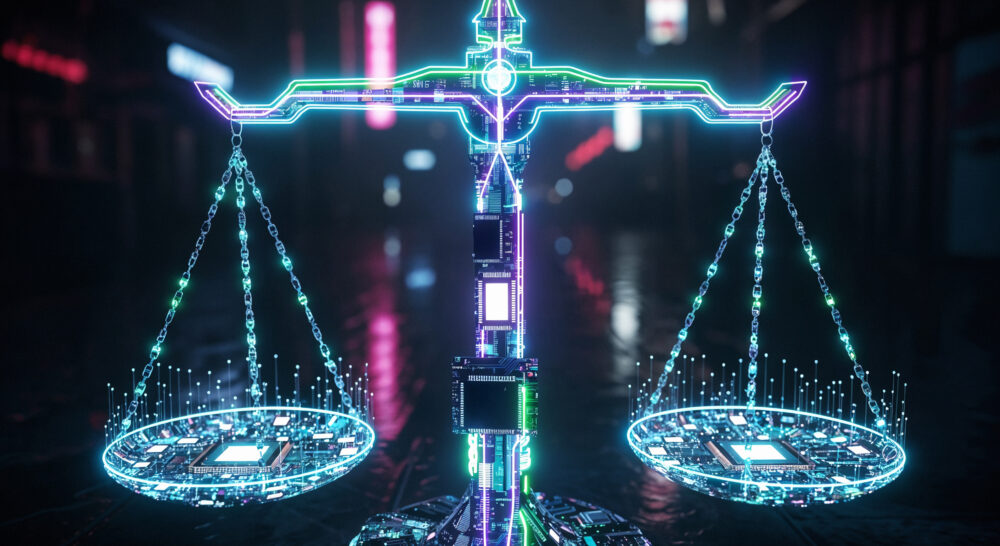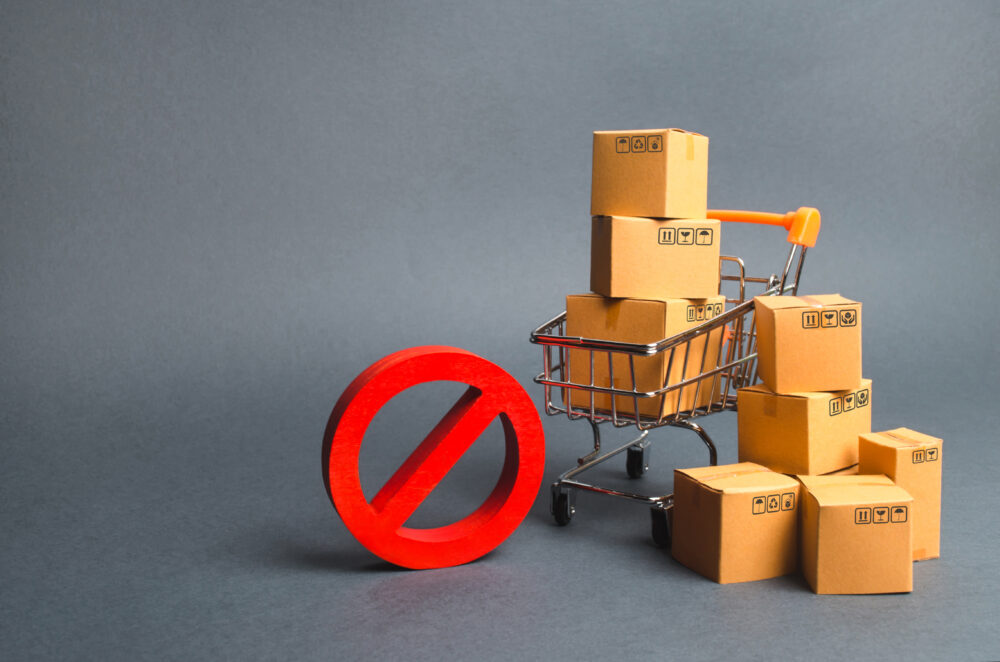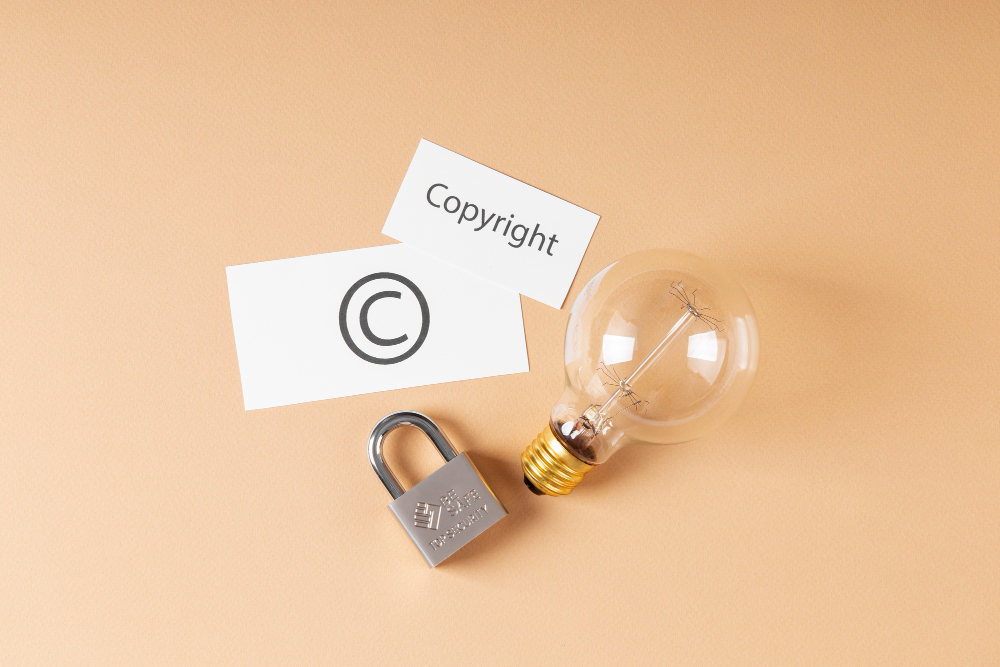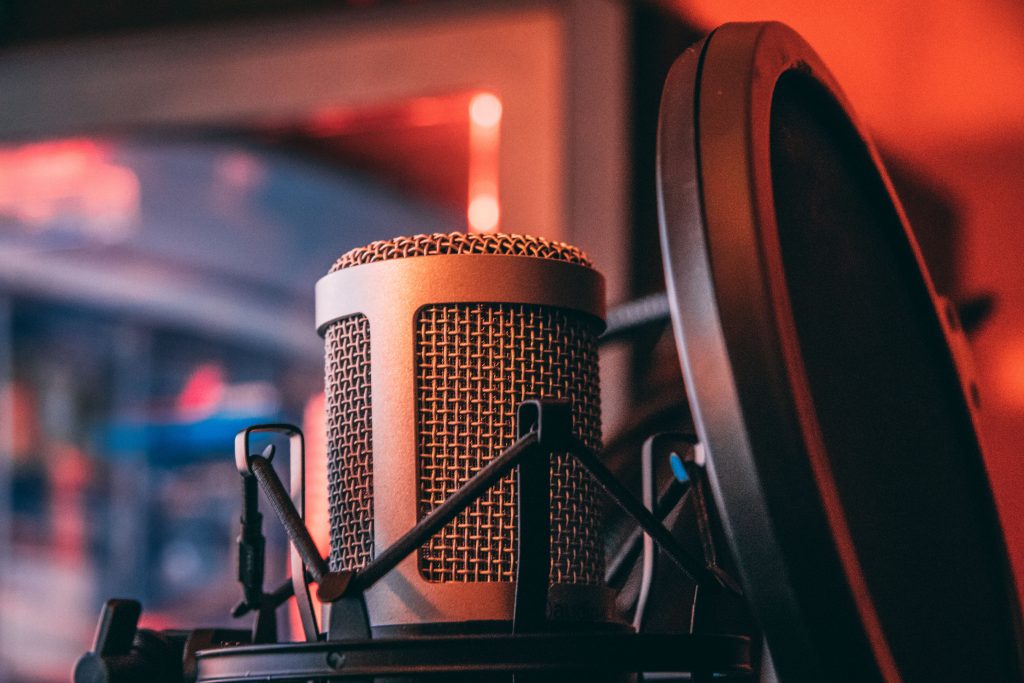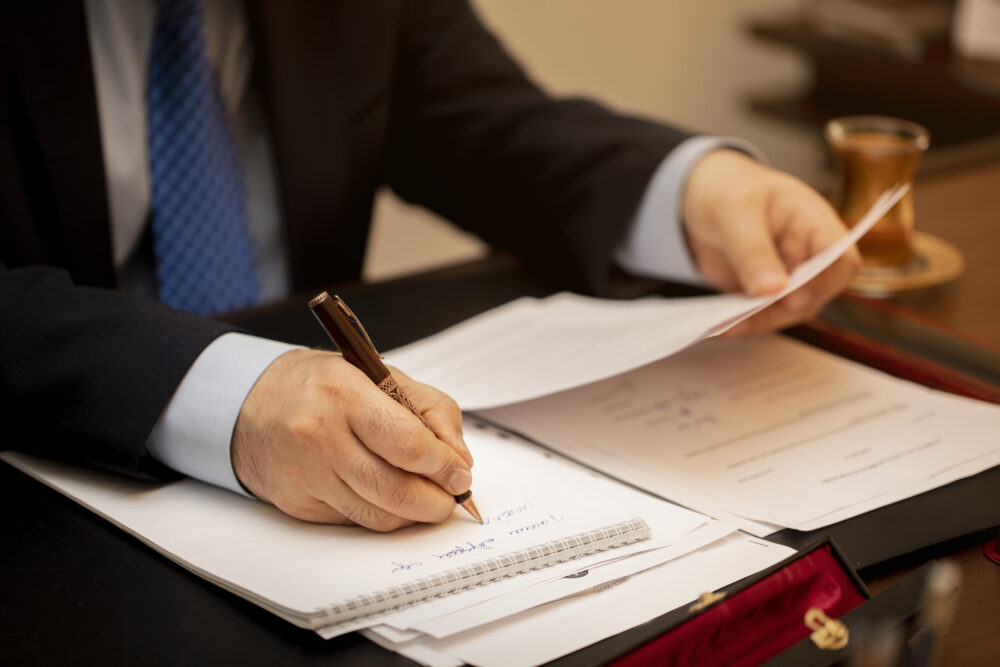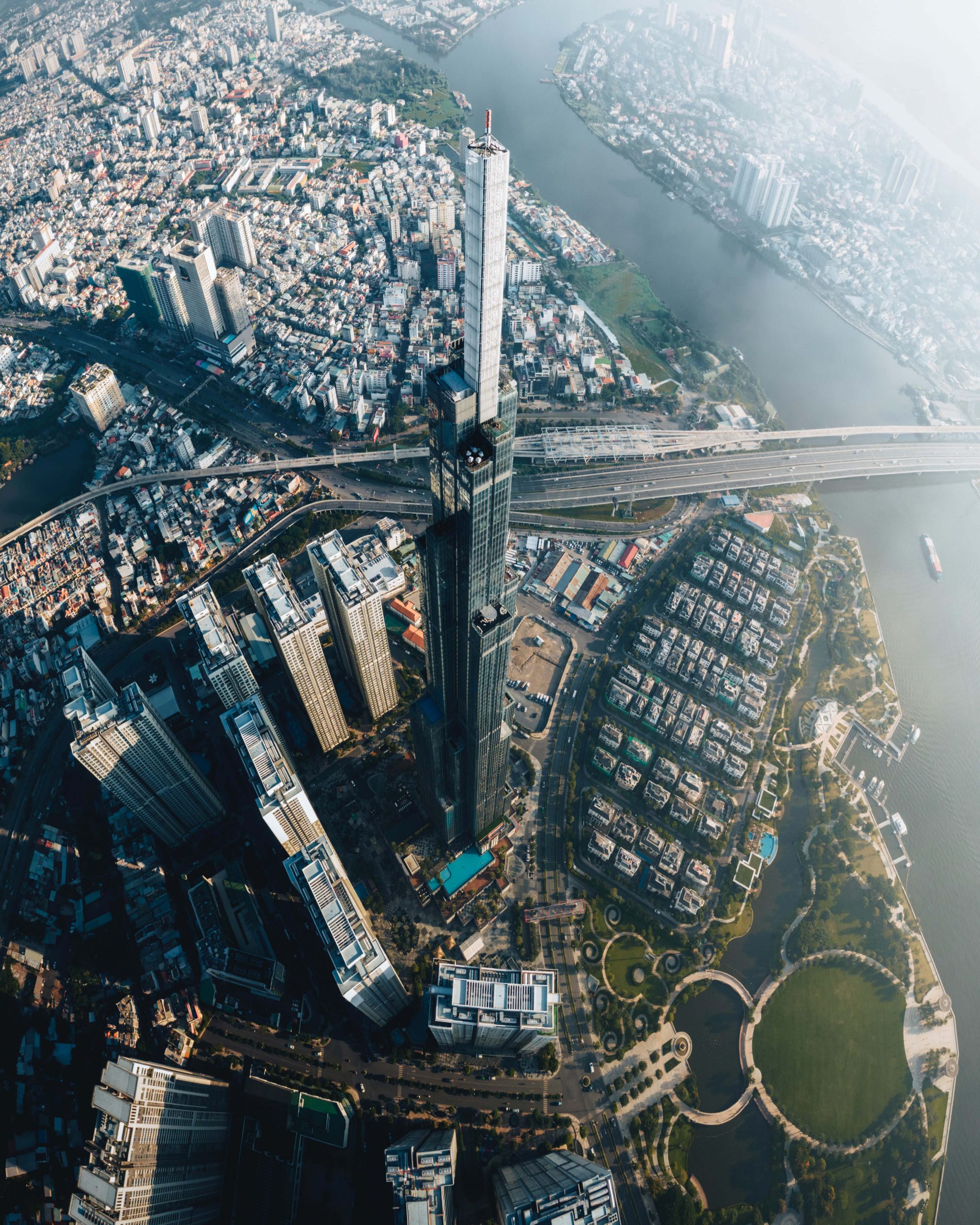1. Definition of counterfeit goods and the importance of handling them
a. What is counterfeit?
Counterfeit goods are not simply products with fake trademarks, but also include goods that violate factors of quality, function and intellectual property. Based on legal regulations, counterfeit goods can be classified as follows:
- Intellectual property counterfeit goods: According to Article 213 of the Law on Intellectual Property (2005, amended 2022), counterfeit intellectual property goods include: Counterfeit mark goods are goods that illegally use a registered trademark; Counterfeit geographical indication goods are goods that use incorrect geographical origin information; Pirated goods goods that are formed from the unauthorized use of reproduction of copyrighted products.
- Counterfeit goods in quality and function: According to Clause 7, Article 3 of Decree 98/2020/ND-CP, counterfeit goods include: Goods are useless or whose uses are other than the announced, and goods only reach less than 70% of the registered quality or function criteria.
- Counterfeit goods regarding labels and packaging: Products with counterfeit labels or packaging that misrepresent information about the manufacturer, origin, or barcode.
See more: Counterfeit goods: an endless war
b. Why should we handle counterfeit goods?
Counterfeit goods cause serious consequences such as: diminishing reputation and brand value, reducing revenue and increasing costs of handling violations for enterprises; eroding customer trust, harming health, even endangering the lives of consumers; distorting the market, reducing budget revenue, hindering sustainable economic development of the economy.
Handling counterfeit goods not only protects the interests of businesses and consumers but also promotes a transparent and healthy business environment.
2. Measures to enforce intellectual property rights
Vietnamese law provides four main measures to handle intellectual property infringement, including dealing with counterfeit goods.
a. Civil measures
(i) Legal basis:
- Civil Code 2015: Article 608 stipulates the liability for compensation for damages in the case of goods or services that do not meet quality standards; Article 360 stipulates the liability for compensation for damages due to failure to fulfill obligations properly.
- Law on Intellectual Property 2005 (amended and supplemented 2022): Chapter XVII provides for the protection of intellectual property rights by civil measures.
- The Civil Procedure Code 2015 stipulates the order and procedures for initiating lawsuits and resolving disputes related to intellectual property rights.
(ii) Plaintiff: The intellectual property rights holder; Person assigned or licensed the right to use (within the scope of the license); Individuals and organizations suffering damage from the infringement.
(iii) The competent authority: The Court, in which: The People’s Court at the district or province where the infringement occurred or where the defendant resides has the authority to resolve the case. For complex disputes or disputes with foreign elements, the People’s Court at the province will handle the case.
(iv) Form of rights protection: The intellectual property rights holder may file a lawsuit in Court to request:
- Termination of infringement: Require the infringing party to immediately stop the act of producing, selling, or distributing counterfeit goods (Article 202 of the Law on Intellectual Property).
- Compensation for damages: Material damage including property loss, reduced revenue, costs of preventing violations (e.g. appraisal fees); non-material damages including loss of reputation and goodwill. The calculation of compensation: based on actual damage, based on lost profits of the injured party; if the material damage cannot be determined, the Court will set an amount it but not more than 500 million VND (Article 205 of the Law on Intellectual Property).
- Forcing destruction or removal of infringing elements: Destruction of infringing goods, materials, means of producing counterfeit goods; Removal of infringing elements from goods and packaging (removal of infringing labels and logos).
- Restoring reputation and goodwill: Publicly apologizing through media channels; correcting false information and restoring the image of the harmed party.
(v) Advantages and disadvantages
- Advantage: Civil measures not only address the infringement but also help restore damages to the right holder. The trial process is public, creating social pressure on the infringing party. The Court’s decision has high legal value, forcing the parties to comply.
- Disadvantages: Processing time is lengthy, especially for complex cases or those with international elements. Verifying damages or infringement elements often requires a lot of time and costs including court fees, appraisal fees, lawyer fees, etc.
b. Administrative measures
(i) Legal basis: Administrative measure is one of the important methods to address violations related to counterfeit goods, imitation goods and infringement of intellectual property rights. The legal basis includes:
- The Law on Handling Administrative Violations 2012 (amended and supplemented in 2020).
- The Law on Intellectual Property 2005 (amended and supplemented in 2022), Chapter XVII.
- Decree 99/2013/ND-CP on sanctioning of administrative violations in industrial property.
- Decree 98/2020/ND-CP (amended under Decree 17/2022/ND-CP) providing penalties on administrative violations in commercial activities, production of, trading in counterfeit or banned goods and protection of consumer rights.
- Decree 119/2017/ND-CP on penalties for administrative violations against regulations on standards, measurement and quality of goods.
(ii) Enforcement agencies:
- Market management agency: Has the authority to directly handle acts of trading and circulating counterfeit and fake goods in the country; imposes administrative penalties for violations in markets, stores, supermarkets, or e-commerce platforms.
- Customs Authority: Handles violations related to counterfeit goods in import and export activities; Temporarily detains goods, investigates and coordinates with other agencies when detecting violations.
- Specialized inspectors: Inspectorate of the Ministry of Science and Technology: Handles violations of industrial property; Inspectorate of the Ministry of Industry and Trade: Handles violations in the field of trade; Inspectorate of the Ministry of Health, Agriculture and Rural Development: Handles counterfeit goods in the fields of pharmaceuticals, food, and agricultural products.
- Public security Agency: Participate in handling complicated administrative cases or cases with signs of criminality.
(iii) Penalty: Administrative measures for counterfeit and fake goods include:
- Fine: The amount of the fine depends on the value of the goods and the severity of the violation. For example: Administrative violations related to production and trade of counterfeit goods can result in fines ranging from 1 million VND to 100 million VND; If the violation involves counterfeit medicine, food or special goods, the fine may be doubled.
- Confiscation of infringing goods and tools: Applies to counterfeit goods, machinery, equipment, and raw materials used in the production of counterfeit items.
- Destruction of infringing goods: Applies to counterfeit goods that are no longer usable, harmful to health, or cannot be remedied.
- Forcible removal of infringing elements: Remove infringing labels or change information on packaging to remove counterfeit elements.
- Suspension of Business Operations: Duration from 1 to 12 months, depending on the severity of the violation, applies to businesses that repeatedly offend or show signs causing serious harm to society.
(iv) Advantages and disadvantages:
- Advantages: Quick processing because the administrative measures have shorter handling time compared to civil and criminal measures; Simple procedures because it does not require too much complicated evidence as in criminal proceedings; Preventive measures because early preventive measures can be applied (temporary detention, destruction).
- Disadvantages: Fines are not enough to deter because many serious violations have still only resulted in light administrative penalties; Overlapping authority due to ineffective coordination between agencies, leading to prolonged processing time; Difficulties in monitoring and enforcement, especially for counterfeit goods in e-commerce and import and export.
c. Criminal measures
(i) Legal basis: Criminal measures are applied to acts of manufacturing, trading in counterfeit goods or infringing intellectual property rights (IPR) that are serious and pose a danger to society. The legal basis includes:
- Criminal Code 2015 (amended and supplemented in 2017): Article 192 Crime of manufacturing and trading in counterfeit goods; Article 193 Crime of manufacturing and trading in counterfeit goods which are food, foodstuffs, and food additives; Article 194 Crime of manufacturing and trading in counterfeit medicines for treatment or prevention of diseases; Article 195: Crime of manufacturing and trading in counterfeit goods in the field of veterinary medicine and animal feed; Article 226: Crime of infringing intellectual property rights.
- Criminal Procedure Code 2015 regulates the authority to investigate, prosecute and try related crimes.
- Law on Intellectual Property 2005 (amended and supplemented in 2022) guides intellectual property infringement.
(ii) Enforcement agencies:
- Investigation agency (Public security): Conduct investigations, collect evidence, and prosecute acts of manufacturing, trading in counterfeit goods, or infringing on intellectual property.
- Procuracy: Approve decisions to prosecute violations according to regulations.
- Court: Hear and make a final decision, including the penalty and additional measures.
(iii) Processing form:
- Criminal liability for individuals:
Article 192 – Crime of manufacturing and trading in counterfeit goods: Fine: From 100 million VND to 1 billion VND; Imprisonment: From 1 year to 15 years, depending on the value of the counterfeit goods and the extent of damage; Prohibition from holding certain positions, practicing a profession or doing certain jobs from 1 to 5 years.
Article 193 – Crime of manufacturing and trading in counterfeit food products: Fine: From 200 million VND to 2 billion VND; Imprisonment: From 2 years to life imprisonment, depending on the level of danger to human health and life; Prohibition from holding positions, practicing a profession or doing certain jobs from 1 to 5 years.
Article 226 – Crime of infringement of intellectual property rights: Fine: From 50 million VND to 500 million VND; Imprisonment: From 6 months to 3 years; Prohibition from practicing a profession or doing certain jobs from 1 to 5 years.
- Criminal liability for commercial legal entities: Applied according to the above crimes with increased penalties: Fine: From 1 billion VND to 15 billion VND; Temporary or permanent suspension of operations; Prohibition on raising capital, doing business in certain fields.
(iv) Advantages and disadvantages:
- Advantages: High deterrence because of severe penalties, including imprisonment and large fines, creating significant pressure on the violator; The ability to handle serious violations, especially effective in the manufacturing and trading counterfeit goods that endanger health and life.
- Disadvantages: Difficulty in investigation because the acts of manufacturing and trading counterfeit goods are often carried out in a sophisticated manner, making it challenging to gather evidence; Long processing time because the criminal proceedings are often complicated and time-consuming; Lack of synchronization as coordination between authorities may not be effective in some cases.
d. Measures to control import and export goods
Measures to control import and export goods are activities carried out by competent state agencies to prevent and promptly handle goods that violate intellectual property rights, counterfeit goods or prohibited goods at the border gate or during international circulation.
(i) Legal basis:
- Law on Customs 2014: Article 34 on Customs inspection, supervision and control of import and export goods; Article 93 on Responsibilities of Customs authorities in protecting intellectual property rights.
- Law on Intellectual Property 2005 (amended and supplemented in 2022): Article 216 on Border control measures for goods infringing intellectual property rights.
- Decree No. 99/2013/ND-CP detailed regulations on administrative sanctions for violations in the field of intellectual property.
- Circular No. 13/2015/TT-BTC stipulating the procedures and processes for applying border control measures for goods related to intellectual property rights.
(ii) Enforcement agency: Customs Authority is the main force responsible for controlling import and export goods at the border and border gates, with the right to temporarily detain, inspect, and handle goods showing signs of violations. The Ministry of Science and Technology, the Department of Intellectual Property, and the Institute of Intellectual Property Science provide professional support in intellectual property appraisal.
(iii) Procedure for controlling imported and exported goods:
Intellectual property control registration: The holder of intellectual property rights submits an application for registration of control of rights to the customs authority. The application dossier includes:
- Certificate of intellectual property protection.
- Documentation proving ownership rights.
- Detailed description of the infringing signs and infringing goods.
- Commit to take responsibility if the wrong request causes damage to a third party.
Detecting and handling infringing goods: Checking information: Customs uses the database to check the list of imported and exported goods; Detecting signs of Infringement: Based on customs declarations, goods information and registration database; Detaining goods: When there is suspicion of infringing goods, the customs authority issues a decision to detain them within 10 days (can be extended by 10 days if appraisal is needed); Notifying: Customs notifies the right holder for verification and request handling.
Inspecting and handling of violations: Infringing goods are inspected by specialized agencies such as the National Office of Intellectual Property or authorized inspection organizations. If a violation is determined, administrative sanctions will be imposed, the goods will be destroyed, or returned to the violating party after the infringing element has been removed. If there is no violation, the goods are cleared for entry normally.
(iv) Measures to handle:
- Suspension of customs procedures: Applied when there is sufficient suspicion that the goods infringe intellectual property rights or violate laws regarding counterfeit goods. The suspension period is a maximum of 20 days.
- Destruction of goods: Applied to counterfeit goods or goods that infringe intellectual property rights that cannot have the infringing elements removed or are of no usable value.
- Removal of infringing elements: Goods may be cleared if the infringing elements are removed (e.g., removal of counterfeit labels).
- Administrative sanctions: Penalties are imposed according to Decree No. 99/2013/ND-CP with the level of fines depending on the value of the goods.
(v) Advantages and disadvantages:
Advantages: Prevention counterfeit goods right at the border gate because controlling imported and exported goods helps eliminate products that infringe intellectual property rights (IPR) before they are put into circulation on the market; Supporting rapid detection and handling because the use of data from the customs system and information from rights holders helps quickly detect violations.
Disadvantages: Dependence on the rights holder’s information. The detention and inspection of goods can slow down the customs clearance process, affecting the import and export activities of the enterprise. If there is a mistake or error in the detention of legal goods, the enterprise may suffer damage to its reputation and finances.
3. Intellectual Property Rights Enforcement Process
Step 1: Detecting infringement: Enterprises proactively inspect and monitor the market, and consumers report violations to authorities.
Step 2: Verifying infringement: The enforcement agency or the right holder requests an infringement assessment from a specialized organization.
Step 3: Choosing a resolution Method: File a lawsuit in court (civil) or file a complaint with an administrative or criminal agency.
Step 4: Enforcing the handling decision: Apply administrative, civil, or criminal measures: For import and export goods, the customs authority will handle violations.
Handling counterfeit goods and enforcing intellectual property rights (IPR) is a crucial task to protect the interests of businesses, consumers, and the economy. Vietnamese law has established a comprehensive legal framework, however, to achieve high efficiency, it is necessary to closely coordinate between enforcement agencies and rights holders. Additionally, there should be increased public awareness and education on counterfeit goods and intellectual property rights within the community.
Disclaimers:
This article is for general information purposes only and is not intended to provide any legal advice for any particular case. The legal provisions referenced in the content are in effect at the time of publication but may have expired at the time you read the content. We therefore advise that you always consult a professional consultant before applying any content.
For issues related to the content or intellectual property rights of the article, please email cs@apolatlegal.vn.
Apolat Legal is a law firm in Vietnam with experience and capacity to provide consulting services related to Intellectual Property Rights and contact our team of lawyers in Vietnam via email info@apolatlegal.com.







